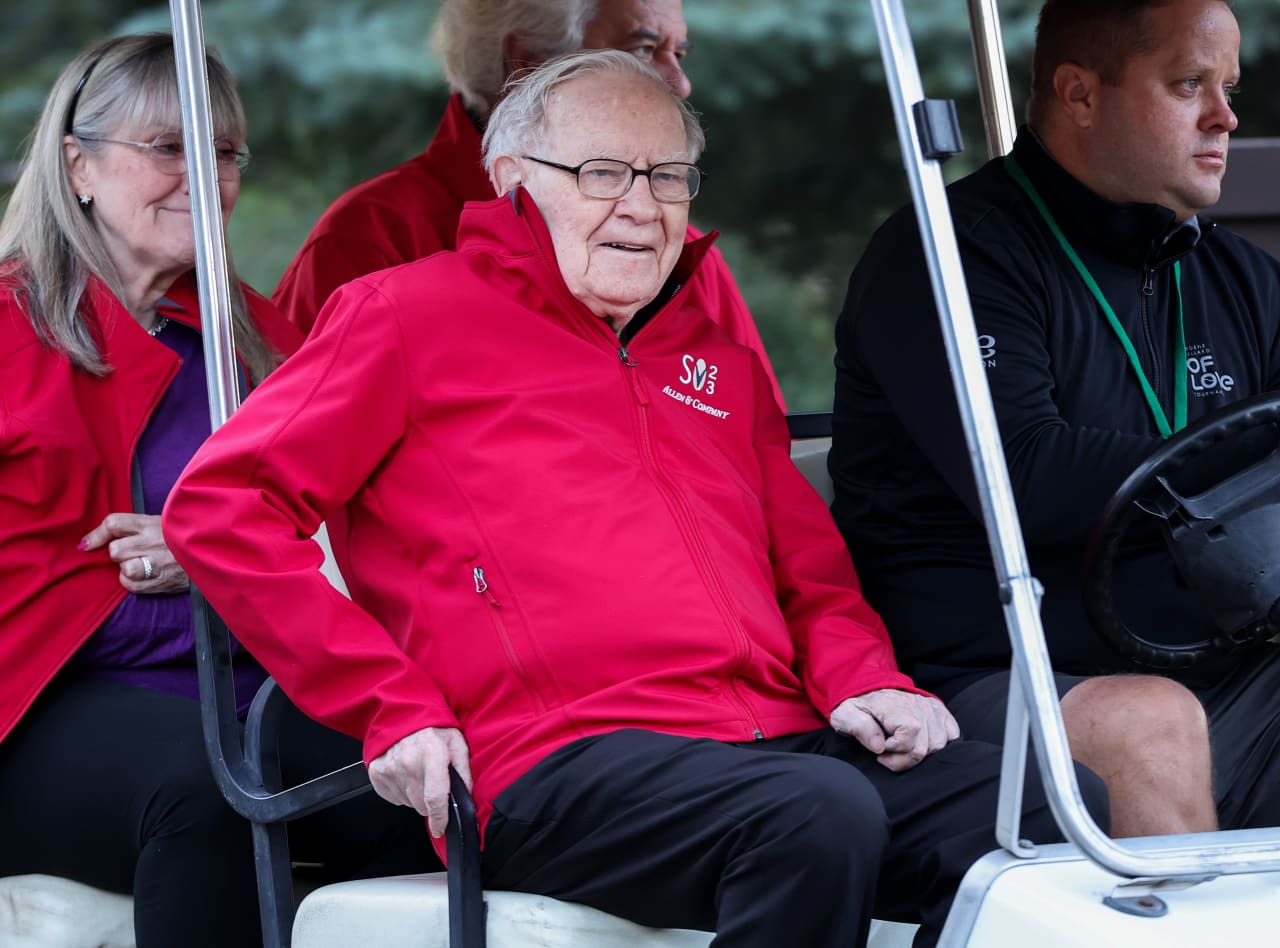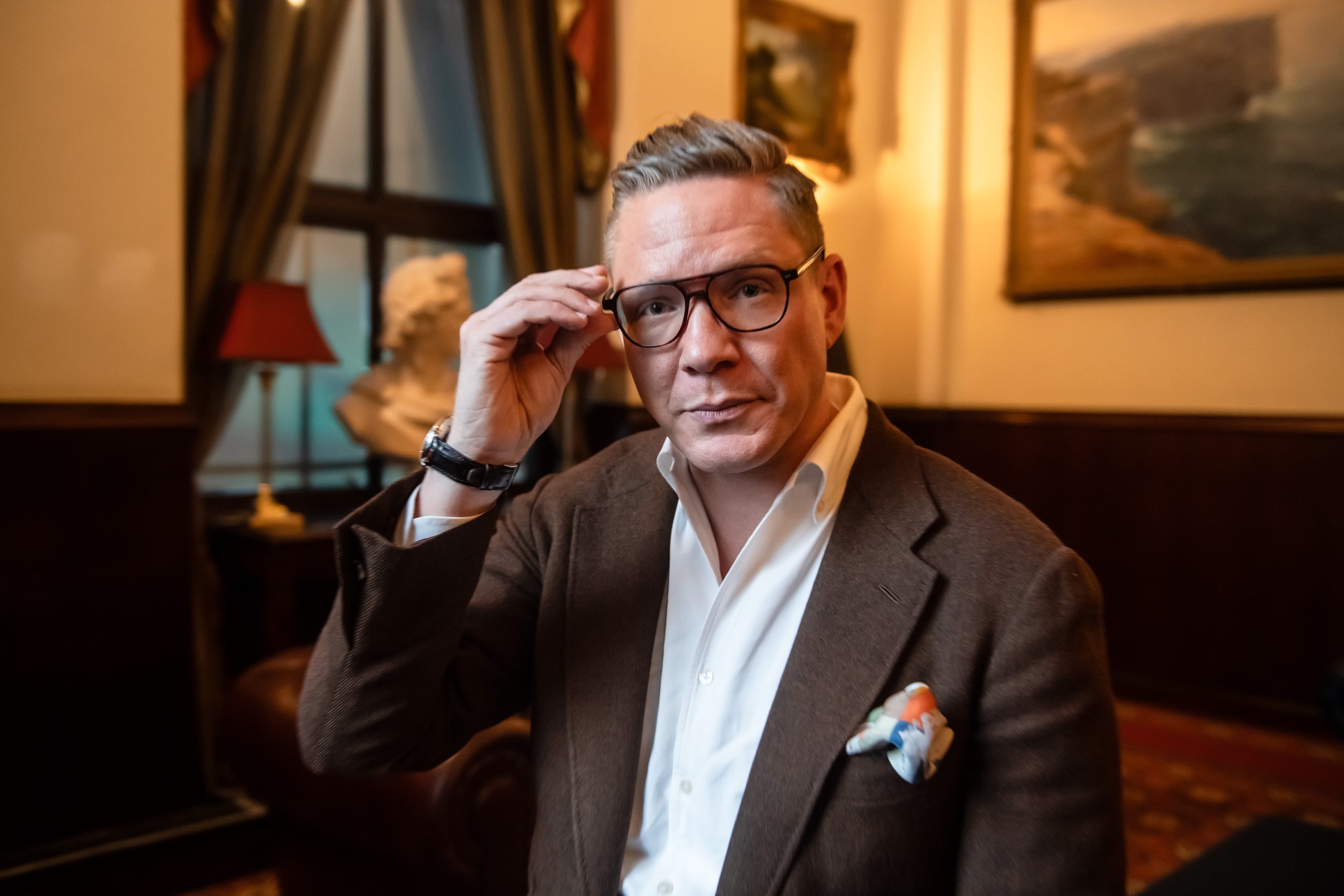Take a Cue From Warren Buffett: Be Flexible With Philanthropic Strategies
Late last year, Warren Buffett announced that his fortune will be directed to a charitable trust managed by his three children when he dies.
The announcement, made via Berkshire Hathaway where Buffett, 93, is chairman and CEO, was the first indication of how the famous investor planned to distribute his assets upon his death.
The fact Buffett waited to make these plans until he was 93—and his children were between the ages of 65 and 70—is not necessarily unusual for very wealthy people whose estate plans, and philanthropic giving strategies, constantly evolve, according to wealth management experts.
“We tell our clients all the time, you want to try to have as much flexibility in your future planning as possible because you just don’t know how situations are going to change,” says Paul Karger, co-founder and managing director of wealth advisory firm TwinFocus in Boston.
Buffett, for instance, made a lifetime commitment in 2006 to distribute annual grants to five foundations: the Bill and Melinda Gates Foundation, the Susan Thompson Buffett Foundation (named for his late wife), and foundations run by each of children. Since then, he has distributed Berkshire B shares valued at about US$55 billion when they were received to these organizations, Buffett said in a June 28 statement issued by Berkshire Hathaway. The Bill and Melinda Gates Foundation—where Buffett served as a board member until Gates and French Gates announced their divorce in 2021—had received US$39.3 billion through 2023, the organization’s website said.
Annual gifts to those foundations will continue until Buffett dies and his remaining assets are transferred to the charitable trust. In the June 28 statement, Buffett said his current holdings of Berkshire A shares (which he converts to B shares to make the charitable contributions) “are worth about US$127 billion, roughly 99.5% of my net worth.”
When Buffett announced his intentions for the distribution of this fortune, he said his children “were not fully prepared” in 2006 to serve as executors of his will and trustees of the charitable trust “but they are now.”
Recognising that things change and that “it’s impossible to prepare for every scenario,” is a lesson that Karger often preaches.
Currently, Karger’s firm is working with a billionaire family that wants to give all their money away to charity. “They don’t want their kids to have any,” Karger says.
So TwinFocus is trying to introduce planning techniques to “baby-step” this family’s intentions, “because some of those decisions are not reversible,” he says. “There are seasons to our lives, and we think about life differently in different seasons. You don’t want to live with a mistake that you can’t fix, especially with this level of wealth.”
Justin Flach, managing director for wealth strategy in the San Diego office of Ascent Private Capital Management, the ultra-high-net-worth division of U.S. Bank Wealth Management, says Buffett’s strategy of providing gifts to his children’s foundations since 2006 and now deciding to create a charitable trust funded by his assets that they will manage, is an established approach.
“That’s something you see very commonly with families is that as the family starts to dip its toe into philanthropy, they need to learn together and train together and make sure they’re aligned about how they want to proceed,” Flach says. “Something like this isn’t uncommon because it just shows a family adapting over time.”
Flach also encourages ultra-rich families to begin giving away wealth during their lifetime, as Buffett has done, and he sees far more of them taking this approach today. By doing so, philanthropists can experience “their full empathy” during their lifetime. It also means they can find out if their charitable strategy works or not.
“It allows them to assess [whether] the people they’re working with are the right partners,” Flach says. It also allows them to see whether those they hope to hand their charitable assets off to are “trained and ready to take over when they’re gone.”
A charitable trust—the structure that Buffett is using to absorb his wealth—is an “irrevocable” vehicle for tax purposes, meaning, the assets in the trust can’t be taken out for anything other than distributing funds to nonprofits.
In Buffett’s case, his three children “must act unanimously” when deciding where the trust’s assets will be granted, he said. They also must designate successors. Buffett indicated he isn’t placing more rules on the trust because “wise trustees above ground are preferable to any strictures written by someone long gone.”
He did say, however, that the trust will be spent down “after a decade or so,” and will have a “lean staff.”
Setting up a charitable trust, such as the one Buffett’s children will direct, serves two purposes. It “helps them fund the family’s philanthropy long after the family members have passed,” Flach says, and “there’s an estate tax deduction for gifts to charity at death. That can be a very valuable way to reduce your estate taxes.”
The trust structure is similar to a private foundation, although only a trust can be created through a will, he says. Both vehicles are treated the same for tax purposes and have the same disclosure requirements, meaning they have to tell the IRS where the money is granted and they have to distribute at least 5% of assets each year to qualified nonprofits.
Though Buffett has chosen to have his trust spent down, a family could instead create a perpetual trust that would live on through generations, Flach says.
For very wealthy families, it’s important to regularly review estate plans, including plans for charitable giving. At least every five years, documents should be reviewed to ensure past choices still make sense and can be amended as needed, Karger says.
The super wealthy, those with assets of US$100 million or more, should consider using their current lifetime gift exclusion—currently US$13.1 million per person—to create an irrevocable trust. That would allow an individual “to move assets outside of their estate [and] let them grow for the next generation estate tax exempt,” he says.
Flach agrees wealthy families should regularly assess their estate and philanthropic planning, which, depending on a family’s situation or desire, could be annually or every few years.
“Going back through and making sure that you’d make the same decisions today
that you made when you created the plan, based on the facts of what they are today,
is a really good exercise,” Flach says. “It allows you to make sure that when ultimately you do pass on, or when you’re ultimately giving to a philanthropic cause, that your wishes are truly being carried out, as opposed to what your wishes may have been 20, 30, 40 years ago.”
 Copyright 2020, Dow Jones & Company, Inc. All Rights Reserved Worldwide. LEARN MORE
Copyright 2020, Dow Jones & Company, Inc. All Rights Reserved Worldwide. LEARN MORE
A divide has opened in the tech job market between those with artificial-intelligence skills and everyone else.
A 30-metre masterpiece unveiled in Monaco brings Lamborghini’s supercar drama to the high seas, powered by 7,600 horsepower and unmistakable Italian design.
A divide has opened in the tech job market between those with artificial-intelligence skills and everyone else.
There has rarely, if ever, been so much tech talent available in the job market. Yet many tech companies say good help is hard to find.
What gives?
U.S. colleges more than doubled the number of computer-science degrees awarded from 2013 to 2022, according to federal data. Then came round after round of layoffs at Google, Meta, Amazon, and others.
The Bureau of Labor Statistics predicts businesses will employ 6% fewer computer programmers in 2034 than they did last year.
All of this should, in theory, mean there is an ample supply of eager, capable engineers ready for hire.
But in their feverish pursuit of artificial-intelligence supremacy, employers say there aren’t enough people with the most in-demand skills. The few perceived as AI savants can command multimillion-dollar pay packages. On a second tier of AI savvy, workers can rake in close to $1 million a year .
Landing a job is tough for most everyone else.
Frustrated job seekers contend businesses could expand the AI talent pipeline with a little imagination. The argument is companies should accept that relatively few people have AI-specific experience because the technology is so new. They ought to focus on identifying candidates with transferable skills and let those people learn on the job.
Often, though, companies seem to hold out for dream candidates with deep backgrounds in machine learning. Many AI-related roles go unfilled for weeks or months—or get taken off job boards only to be reposted soon after.
Playing a different game
It is difficult to define what makes an AI all-star, but I’m sorry to report that it’s probably not whatever you’re doing.
Maybe you’re learning how to work more efficiently with the aid of ChatGPT and its robotic brethren. Perhaps you’re taking one of those innumerable AI certificate courses.
You might as well be playing pickup basketball at your local YMCA in hopes of being signed by the Los Angeles Lakers. The AI minds that companies truly covet are almost as rare as professional athletes.
“We’re talking about hundreds of people in the world, at the most,” says Cristóbal Valenzuela, chief executive of Runway, which makes AI image and video tools.
He describes it like this: Picture an AI model as a machine with 1,000 dials. The goal is to train the machine to detect patterns and predict outcomes. To do this, you have to feed it reams of data and know which dials to adjust—and by how much.
The universe of people with the right touch is confined to those with uncanny intuition, genius-level smarts or the foresight (possibly luck) to go into AI many years ago, before it was all the rage.
As a venture-backed startup with about 120 employees, Runway doesn’t necessarily vie with Silicon Valley giants for the AI job market’s version of LeBron James. But when I spoke with Valenzuela recently, his company was advertising base salaries of up to $440,000 for an engineering manager and $490,000 for a director of machine learning.
A job listing like one of these might attract 2,000 applicants in a week, Valenzuela says, and there is a decent chance he won’t pick any of them. A lot of people who claim to be AI literate merely produce “workslop”—generic, low-quality material. He spends a lot of time reading academic journals and browsing GitHub portfolios, and recruiting people whose work impresses him.
In addition to an uncommon skill set, companies trying to win in the hypercompetitive AI arena are scouting for commitment bordering on fanaticism .
Daniel Park is seeking three new members for his nine-person startup. He says he will wait a year or longer if that’s what it takes to fill roles with advertised base salaries of up to $500,000.
He’s looking for “prodigies” willing to work seven days a week. Much of the team lives together in a six-bedroom house in San Francisco.
If this sounds like a lonely existence, Park’s team members may be able to solve their own problem. His company, Pickle, aims to develop personalised AI companions akin to Tony Stark’s Jarvis in “Iron Man.”
Overlooked
James Strawn wasn’t an AI early adopter, and the father of two teenagers doesn’t want to sacrifice his personal life for a job. He is beginning to wonder whether there is still a place for people like him in the tech sector.
He was laid off over the summer after 25 years at Adobe , where he was a senior software quality-assurance engineer. Strawn, 55, started as a contractor and recalls his hiring as a leap of faith by the company.
He had been an artist and graphic designer. The managers who interviewed him figured he could use that background to help make Illustrator and other Adobe software more user-friendly.
Looking for work now, he doesn’t see the same willingness by companies to take a chance on someone whose résumé isn’t a perfect match to the job description. He’s had one interview since his layoff.
“I always thought my years of experience at a high-profile company would at least be enough to get me interviews where I could explain how I could contribute,” says Strawn, who is taking foundational AI courses. “It’s just not like that.”
The trouble for people starting out in AI—whether recent grads or job switchers like Strawn—is that companies see them as a dime a dozen.
“There’s this AI arms race, and the fact of the matter is entry-level people aren’t going to help you win it,” says Matt Massucci, CEO of the tech recruiting firm Hirewell. “There’s this concept of the 10x engineer—the one engineer who can do the work of 10. That’s what companies are really leaning into and paying for.”
He adds that companies can automate some low-level engineering tasks, which frees up more money to throw at high-end talent.
It’s a dynamic that creates a few handsomely paid haves and a lot more have-nots.
Ophora Tallawong has launched its final release of quality apartments priced under $700,000.
ABC Bullion has launched a pioneering investment product that allows Australians to draw regular cashflow from their precious metal holdings.























